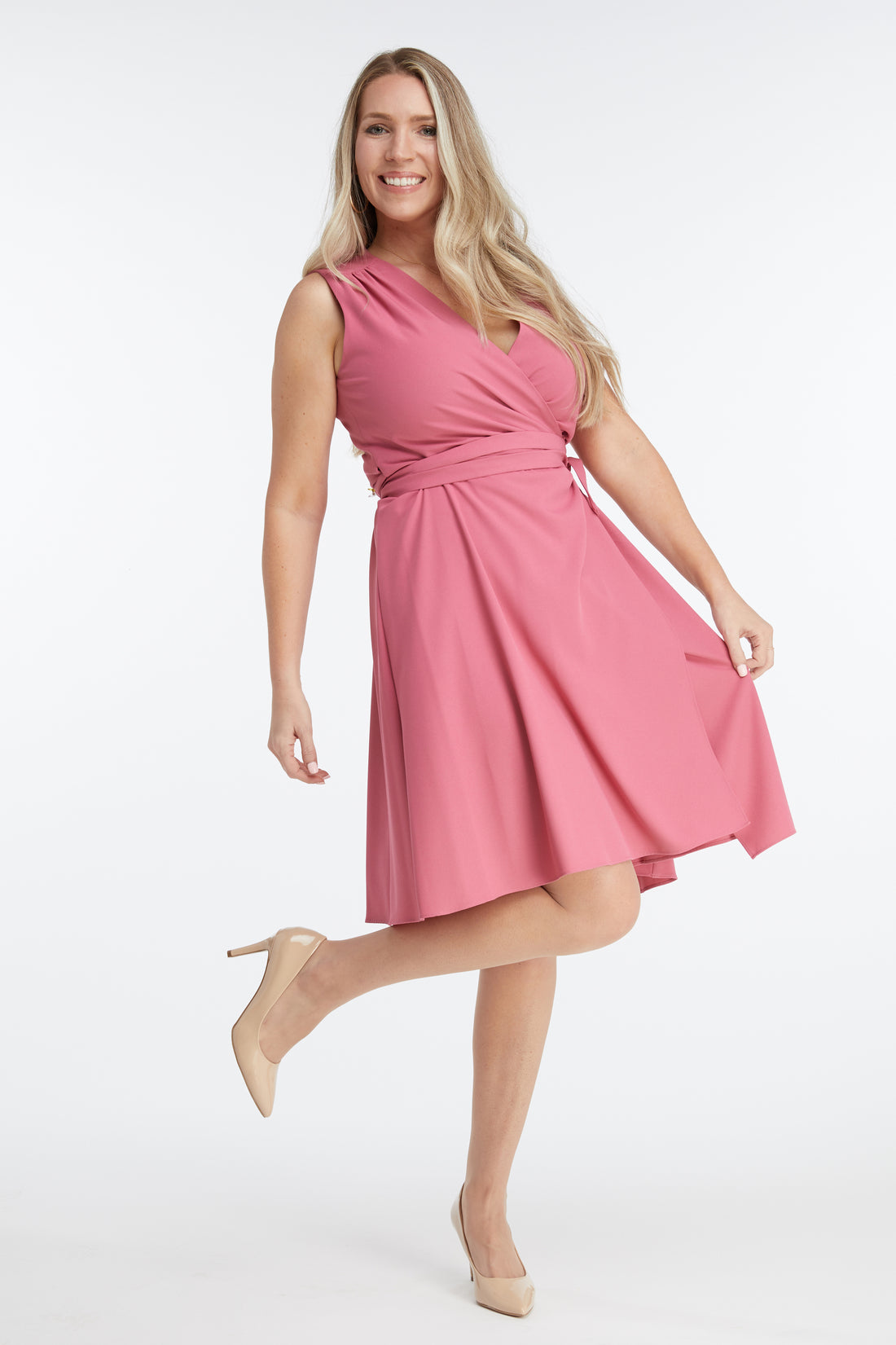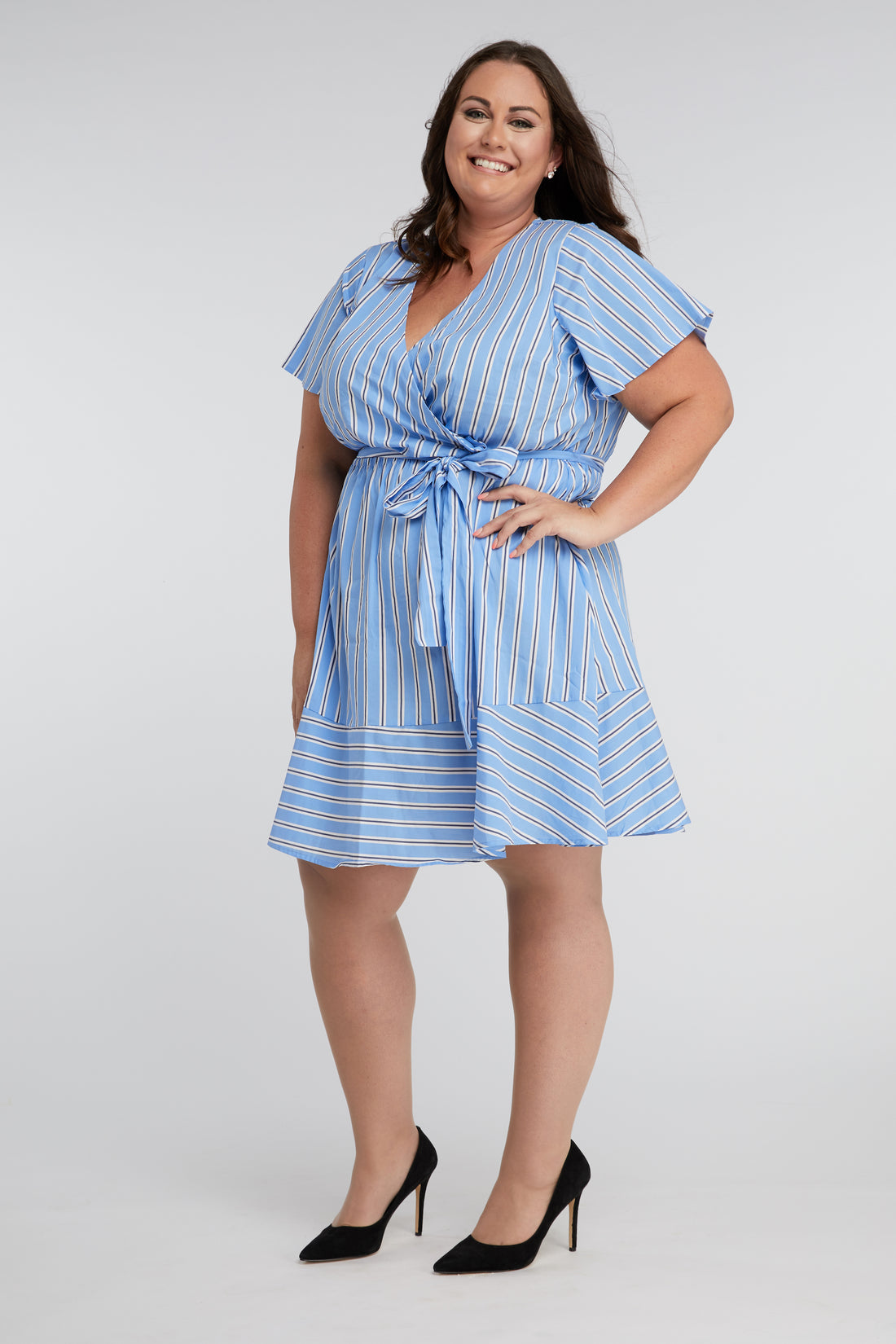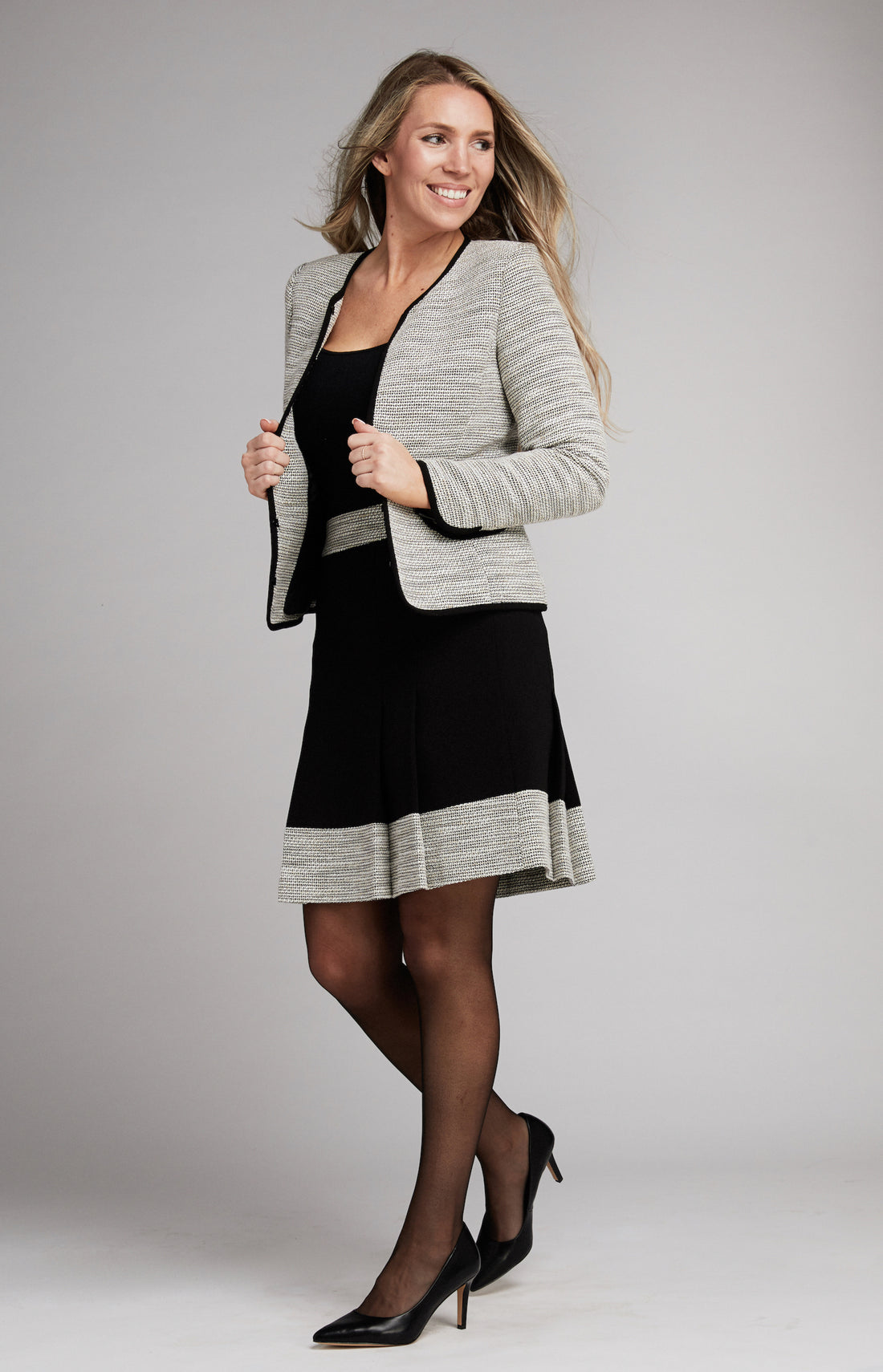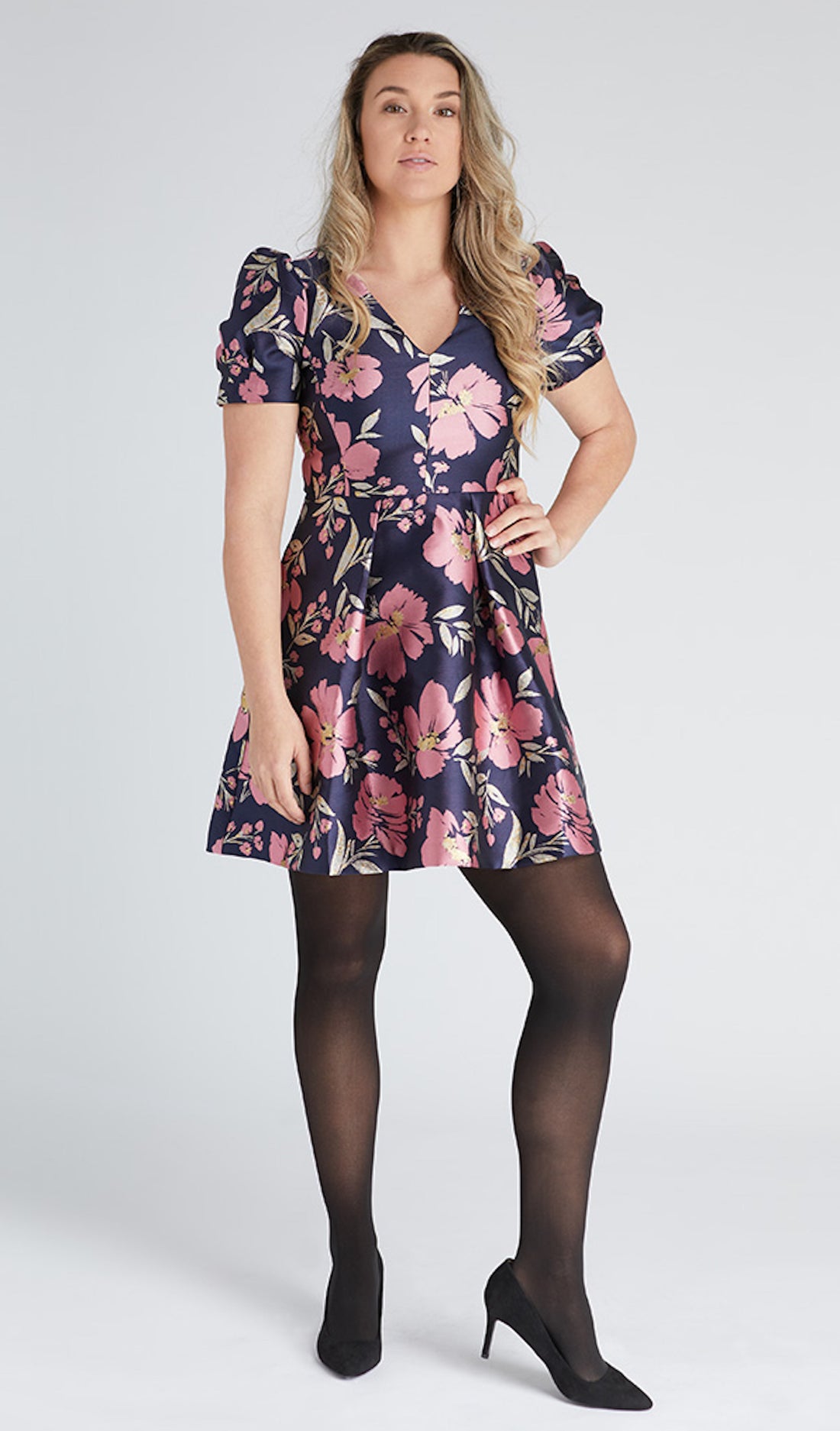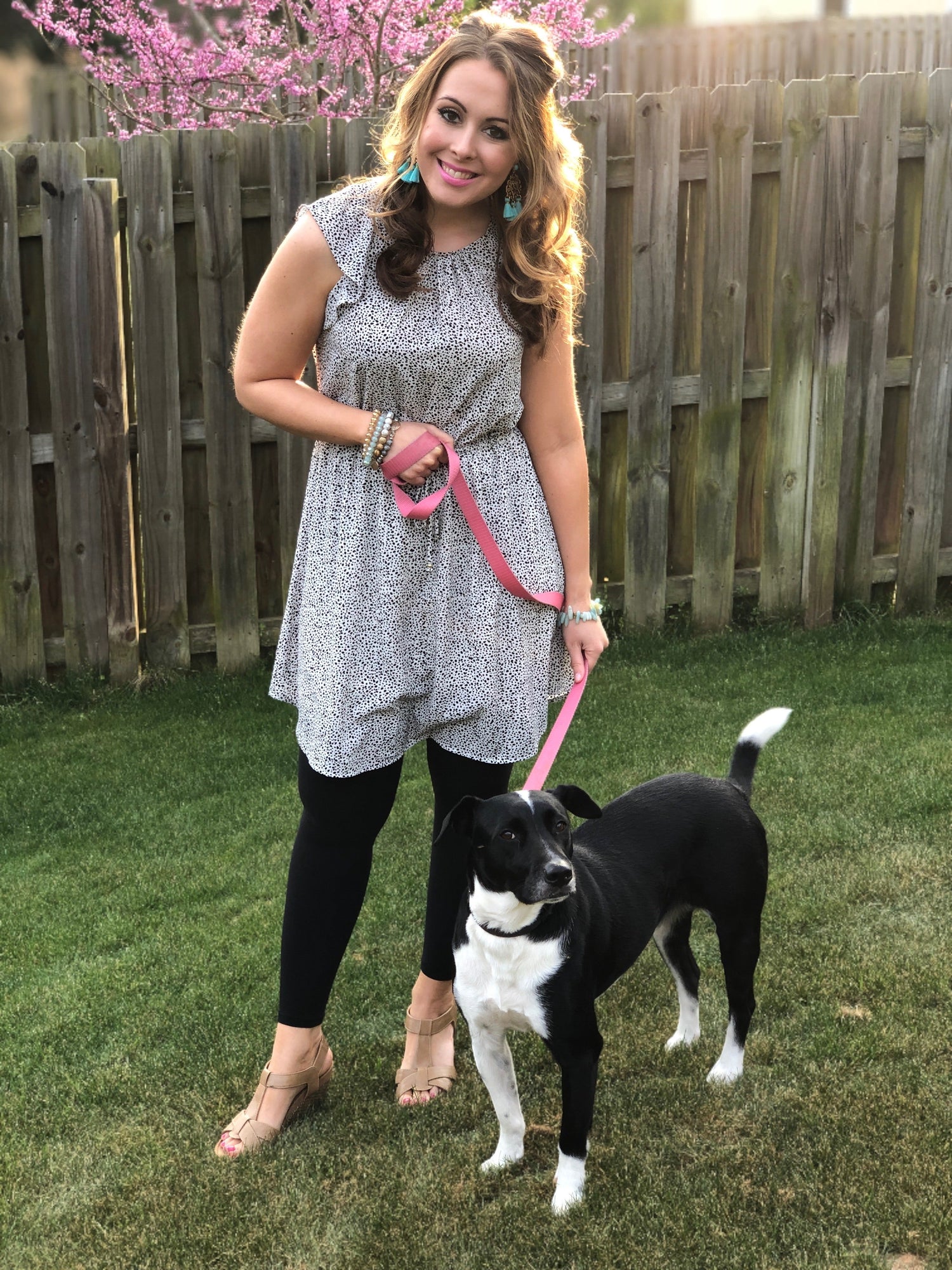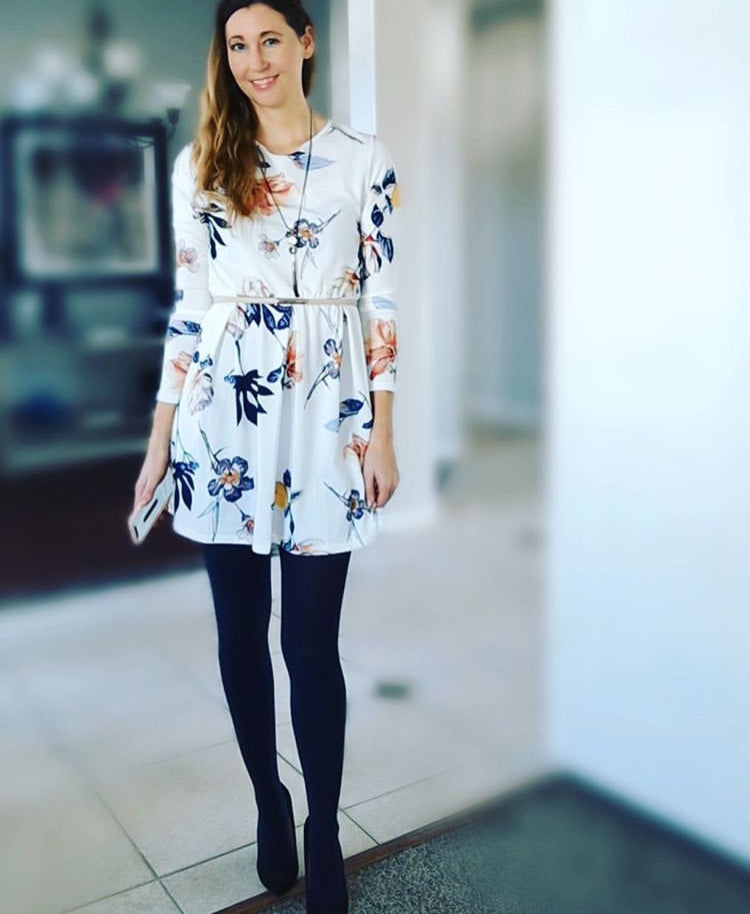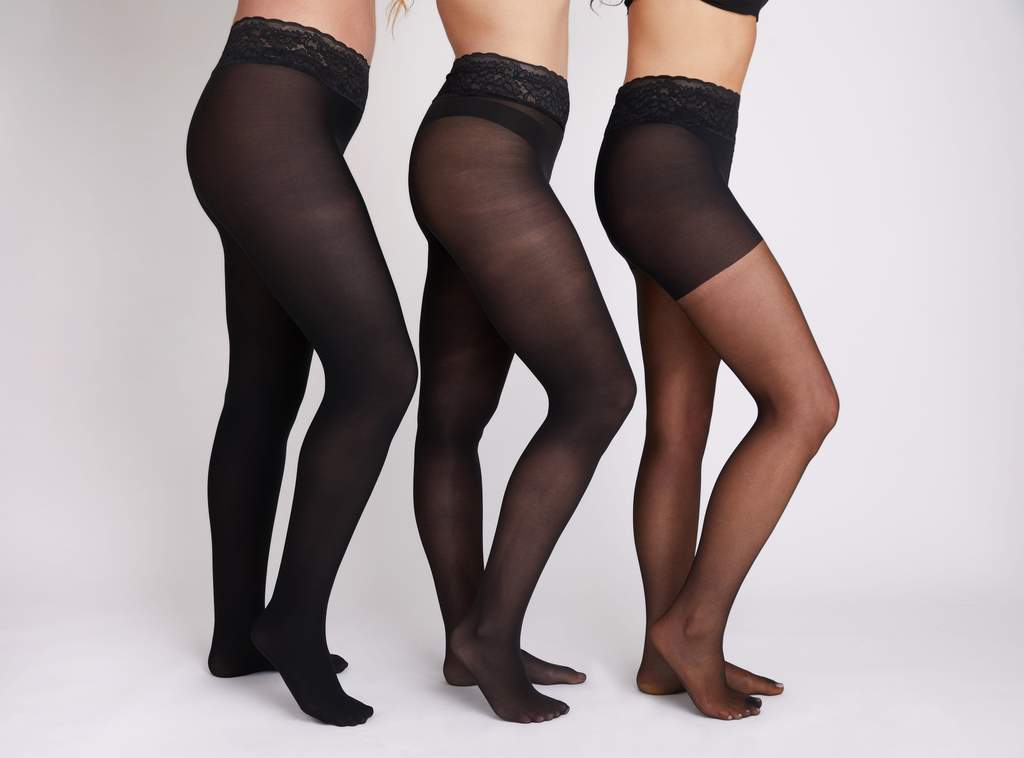
Did you have a stuffed animal or blanket growing up? From an early age, humans crave comfort. That desire never leaves us, and as adults, our clothing choices often reflect it. But can fashion truly balance comfort with style? Let’s explore how comfort in fashion evolved, why it matters, and how you can enjoy the best of both worlds.
The Rise of Comfort in Everyday Fashion
I was in college before comfort was mainstream. This was before UGG® boots were worn outside as shoes and before yoga pants became a universal wardrobe staple. Back then, I once wore shorts that closed with a safety pin because the button didn’t fit—they looked great but left my stomach aching. There simply weren’t better size or comfort options, and online shopping wasn’t yet available.
I cut a lot of legwear with scissors in those days. I wished clothes worked as well in practice as they did in boosting my mood.

How the Apparel Industry Embraced Comfort
I wasn’t alone in wishing for more comfort. Over the last two decades, the fashion industry responded in full force. We now enjoy:
- High-thread-count bedding for ultimate softness
- Innovations in durable tights that last longer and feel better
- Baby clothes made from the softest modern fabrics
It’s now table stakes for brands to offer comfort. But did we go too far? Casual Fridays became casual every day. Comfort turned into leggings worn as pants, visible bra straps, and wearing “whatever” to dinner. Remember when we dressed up to go to Olive Garden?
Shapewear and the Comfort Dilemma
As the comfort movement grew, shapewear tried to adapt. Originally restrictive, it has now been rebranded as “comfort shapewear.” But has it really succeeded? The challenge lies in the tension between comfort (relaxed) and style (intentional). They are opposing goals—shapewear still struggles to strike the right balance.
How Hipstik Was Born
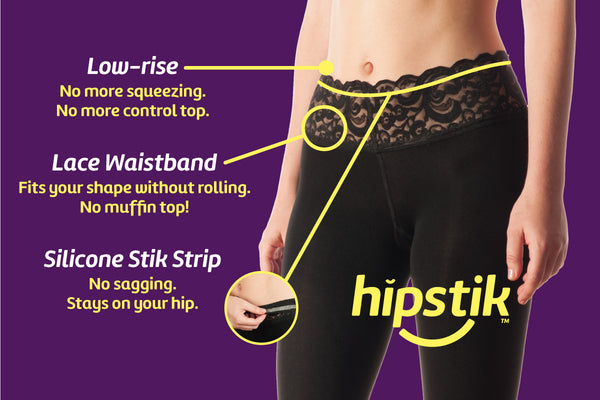
That’s why at Hipstik, we chose not to design tights after traditional hosiery. Instead, we modeled them after yoga pants—clothing women truly love. The result is comfort that never compromises on style. We believe that when you look good, you feel good, and when you feel good, you radiate confidence.
Our tights aren’t just comfortable—they’re also a proven anti-chafing solution. Comfort and function can (and should) go hand in hand.
Tips for Balancing Comfort and Style
- Choose fabrics like cotton blends, modal, or bamboo for breathable comfort.
- Look for stretch waistbands that fit without digging in.
- Balance casual items (leggings, flats) with polished pieces (blazers, statement jewelry).
- Invest in versatile staples like black leggings you can style multiple ways.
Final Thoughts
We want comfort, but we don’t want to sacrifice style. With smart design and intentional choices, you can achieve both. Fashion has come a long way—let’s make sure it continues in the direction of confidence, comfort, and beauty.
FAQs About Comfort and Style
Why is comfort important in clothing?
Comfort reduces stress, improves confidence, and allows you to move freely. According to Psychology Today, comfortable clothing also has a direct impact on mental wellbeing.
What fabrics are best for comfort?
Natural fibers like cotton and bamboo are breathable, while blends with spandex add stretch for flexibility. Many modern athleisure brands use these fabrics to combine performance with comfort.
Can you look stylish while dressing comfortably?
Yes. The key is balance. Pairing comfortable leggings or tights with chic tops, structured jackets, or accessories elevates your look without sacrificing comfort.
Is Hipstik only about tights?
Hipstik began with tights designed for comfort and style, but the brand continues to evolve with fashion solutions that address real women’s needs, like anti-chafing products.
For more on comfort and fashion trends, see our article on spring business outfit trends. For market insights, visit Statista’s athleisure industry report.



